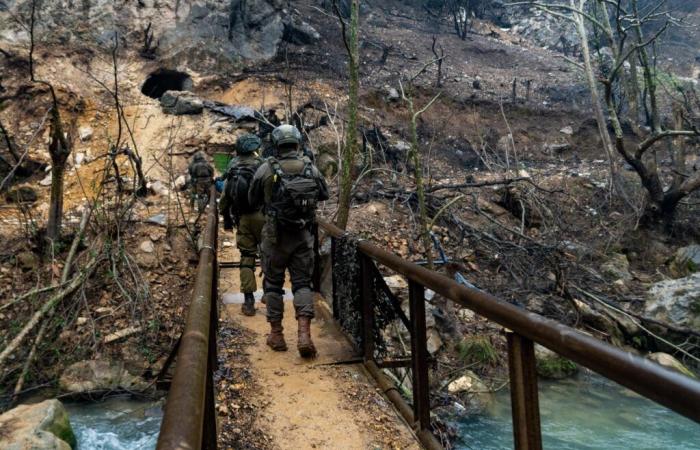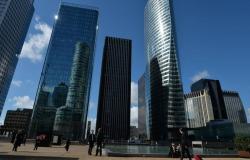In the context of a protracted war between Israel and Hezbollah, a proposed ceasefire agreement emerged with the participation of the United States and France. However, the idea of an Israeli security zone in Lebanon with a depth of 3 km, so desired by some Israeli officials, was rejected. On November 27, 2024, US diplomat Amos Hochstein called this idea a “fantasy”, stating that any agreement involving such a zone was unrealistic and could never be accepted by Lebanon.
An Israeli buffer zone: an objective abandoned by Israel
Advertisement
One of Israel’s main objectives in the ceasefire negotiations was the creation of a buffer zone in southern Lebanon. This zone, according to some Israeli officials such as former Prime Minister Naftali Bennett, would have made it possible to create a security barrier against attacks from Hezbollah and other potential threats. Israel thus wanted to maintain a military presence in Lebanese territory, particularly a few kilometers from its border, to ensure lasting security, according to its officials.
However, the idea of such a security zone was immediately rejected by Lebanon, supported by the international community, particularly France and the United States. Amos Hochstein, the American envoy, stressed the impossibility of establishing a security zone in the form of occupation, specifying that “if you choose to have a dead zone or a demilitarized zone, you are an occupier”, and that no peace agreement could be concluded on this basis. He also claimed that the Israeli request was “a fantasy” because Lebanon would never agree to allow Israel to maintain a military occupation of its south.
The position of the United States and France: a ceasefire without an Israeli security zone
International negotiators, including the United States and France, therefore had to intervene to prevent the agreement from being blocked by this Israeli demand. The two powers sought to find a compromise that would allow Israel to withdraw its troops while ensuring the country’s security in the face of threats from Hezbollah. Under the ceasefire agreement, Israel will have to withdraw its forces from the region, and a buffer zone will be established, but it will be patrolled by the Lebanese army and UNIFIL peacekeepers, not by Israeli troops.
The agreement also stipulates that Hezbollah fighters will have to withdraw north of the Litani River, while the Lebanese army will take charge of security in the south of the country. The objective of this 60-day truce is therefore to allow Lebanese sovereignty to extend over the entire southern region, putting an end to the Israeli presence which lasted decades, but which was never accepted by the Lebanon or the international community.
Israeli criticism: disappointment with the absence of a buffer zone
Israel quickly expressed disappointment at the failure of its demands for a safe zone, calling it a difficult compromise. Prime Minister Benjamin Netanyahu, in a statement after the deal, asserted that “Israel’s security conditions must be respected, and we will continue to defend our interests.” On the other hand, critical voices, such as those of former Prime Minister Naftali Bennett, stressed that the creation of a buffer zone was essential for Israel’s security and to prevent Hezbollah from launching attacks from Lebanon. .
However, the international community, notably the United States and France, considered that preserving Lebanese sovereignty and avoiding further Israeli occupation were priorities that should take precedence over Israel’s security concerns.
The truce: a compromise under tension but necessary
Despite the differences on the question of the security zone, a ceasefire was signed, but tensions remain palpable. Latest developments on the Israeli-Lebanese border show that Israeli strikes have taken place recently, with accusations of ceasefire violations by Hezbollah. The situation is therefore still very fragile, and the implementation of the agreement will be closely scrutinized, both by the Lebanese and the international community.






